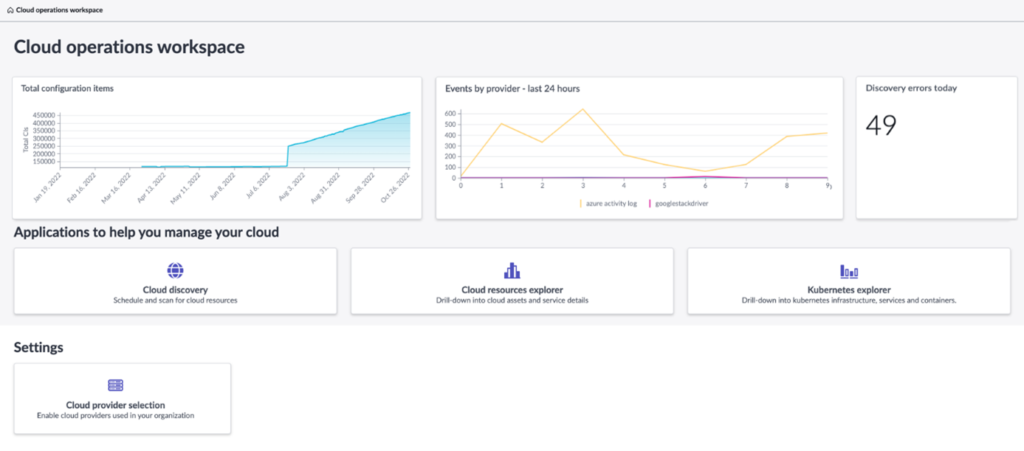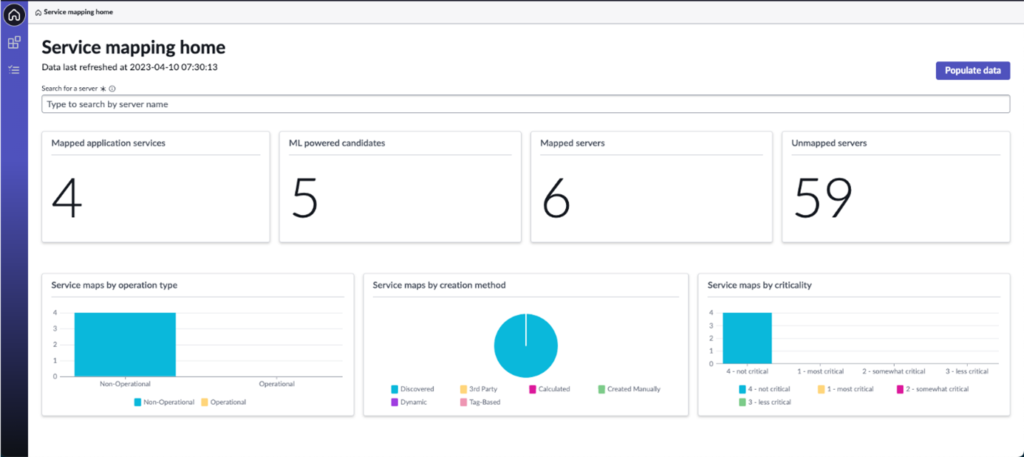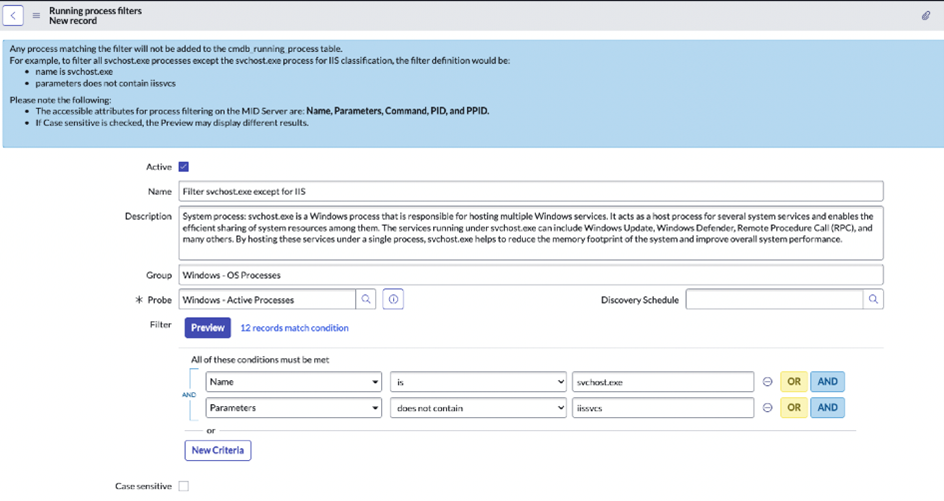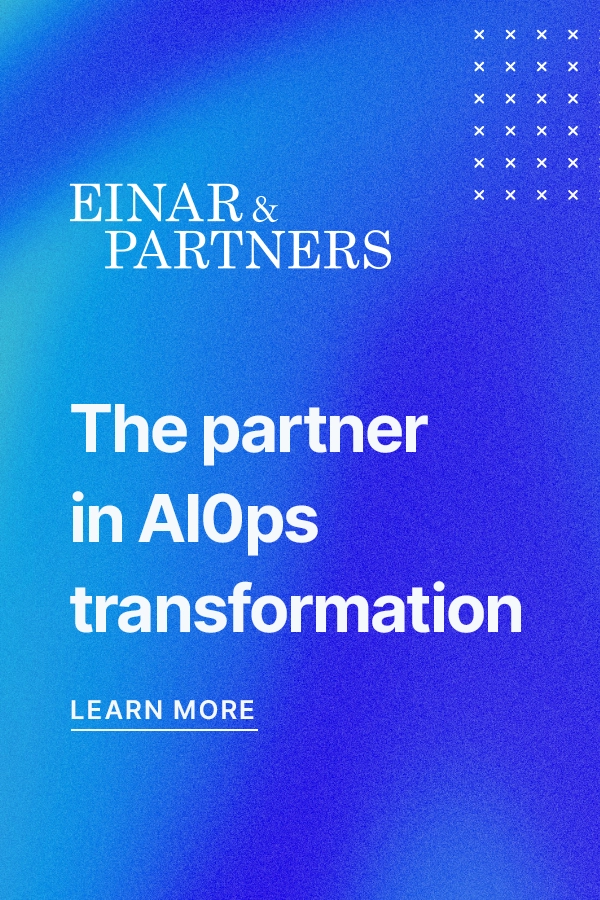With the Vancouver release now ready, we want to share our thoughts on this update, which might not be extraordinary for many folks. However, as our daily business is focused exclusively around ITOM, there are some exciting features being introduced or deployed that will impact businesses using the ITOM Visibility subscriptions and relying on Discovery or Service Mapping.
Before we delve into the numerous changes, it’s important to mention that we haven’t received the upgraded version of ServiceNow yet. As a result, all the information we’re providing is based on the release notes, and you can find a link provided at the end of our article.
So, here are our top three changes in the new Vancouver edition:
1. Cloud Operations Workspace dashboard
This change is something that is going to affect everyone working in ServiceNow and uses cloud discovery. It is however not clear from the documentation if it also covers private cloud, but we are going to make the assumption that it does.

ServiceNow is moving the discovery functionality of Cloud to a separate dashboard. Will it mean that we’ll no longer see all the cloud discovery schedules, Cis, etc. in the Discovery home Dashboard – or are they just adding another dashboard specifically for cloud?
What we do know is that the option to create cloud discovery schedules in the regular Discovery View is planned for deprecation. Therefore, we would like to recommend all of you to begin exploring and using the Cloud Operations Workspace, starting with the Vancouver release. This way, you won’t be caught off guard by an unexpected situation where you are no longer able to create discovery schedules in the discovery view, especially if you skip one version or two (which is a somewhat common occurrence based on our experience).
2. Access all mapping functions easily from the new Service Mapping Workspace
Service mapping is a specialization of ours where we assist companies. Thus, this serves as an intriguing addition to the ServiceNow platform.
By the release notes:
Increase efficiency with the redesigned Home page that offers access to all functions of Service Mapping:
- View mapped application services, mapped servers, and unmapped servers.
- View mapped application services by type, creation method, or criticality on one page.
- Access Automated Service Suggestions, which now allows you to map a new application service or enhance an existing one. Automated Service Suggestions
But what does this mean in practice?

This implies that as Service Mapping administrators, it will find it easier to gain a comprehensive overview of ongoing activities within Service Mapping. You can better understand the approach taken and identify pending tasks. Essentially, it establishes a convenient hub for all things related to Service Mapping.
But why is this significant? In past ServiceNow versions, the process involved navigating different tables or scrolling through a table of existing maps, hoping to spot the necessary information. However, with this new dashboard, we can swiftly access the essential information at a glance.
Staying within the context of Service Mapping, we wish to introduce a new functionality that we have noticed some of our customers struggling with, particularly in sizable global organizations:
- Use running process filters to reduce actions on the database
We’re including this within the context of Service Mapping, rather than making it a separate point, as running processes are closely intertwined with Service Mapping. Essentially, in the scenario of a large organization hosting a diverse range of services, it’s possible not all processes are of interest, or they might even be of a sensitive nature. Consequently, you might choose not to discover every individual running process. This approach not only lessens the strain on the database but also reduces the number of suggestions within the service mapping’s suggested services.

With the introduction of the new running process filter, you can now opt to exclude any running processes that do not interest you from appearing in ServiceNow. While configuring this might require an initial time investment, we firmly believe that the resulting benefits, including reduced workload, will make it a worthwhile task.
We firmly believe that this added filtering functionality will be of importance for organizations subject to rigorous regulatory oversight, including sectors like financial services and specific segments of manufacturing, such as the medical field. These entities may opt to restrict the visibility of particular running processes for security or regulatory reasons, and this new functionality will make that a lot easier.
3. Cloud Native Operations for Visibility
Last but not least, Cloud Native Operations (CNO for short) for Visibility has been introduced. This feature is not directly tied to the cloud as one might assume; instead, it pertains to containerized environments within the cloud (EKS, GKE, and AKS). This change specifically targets Kubernetes environments. So, what does this signify? In previous ServiceNow versions, dealing with Kubernetes clusters has been somewhat confusing and at times cumbersome. The documentation has lacked clarity on procedures, and the appropriate place for certain actions have been unclear as well. For instance, performing a discovery of Kubernetes clusters used to require configuring serverless discovery schedules which in of itself wasn’t a completely straightforward process in the documentation, from our experience.
The intention is for these aspects to become more transparent and user-friendly in the future. CNO employs both a MID server and an ACC agent positioned within the Kubernetes cluster. The MID server is tasked with establishing foundational information about the cluster, while the ACC agent continually gathers data about cluster changes via REST API. This should enhance schedule management and ensure a more dependable and consistent stream of cluster data updates compared to previous methods. An outstanding aspect of the CNO approach is that retired clusters are automatically removed from the CMDB as well and that it can functions as a monitoring tool, sending Kubernetes events to Event Management in ServiceNow.
To summarize it all:
The Vancouver release brings several notable updates. Firstly, the Cloud Operations Workspace dashboard revolutionizes cloud discovery, making it a pivotal feature. This change accommodates an evolving approach to cloud management and encourages users to adapt to the Cloud Operations Workspace for efficient scheduling and data collection.
Secondly, the enhanced Service Mapping Workspace offers a consolidated hub for mapping functions. It streamlines tasks, facilitates understanding, and optimizes the mapping process by providing a comprehensive view of ongoing activities.
Moreover, the introduction of running process filters signifies a strategic approach to database management. By excluding irrelevant processes, this feature reduces workload and enhances the precision of suggested services in service mapping, benefiting large organizations with diverse services.
Lastly, the Cloud Native Operations (CNO) for Visibility is a significant addition, focusing on Kubernetes environments within the cloud. This change resolves previous confusion surrounding Kubernetes clusters, making processes more accessible and coherent. The implementation of a MID server and an ACC agent within the Kubernetes cluster ensures robust data updates and automated cluster management, contributing to smoother operations and better cluster control. Retired clusters being automatically removed from the CMDB adds a final touch of efficiency to the CNO approach.
Release document: Product documentation
CNO documentation Exploring Cloud Native Operations (CNO)

